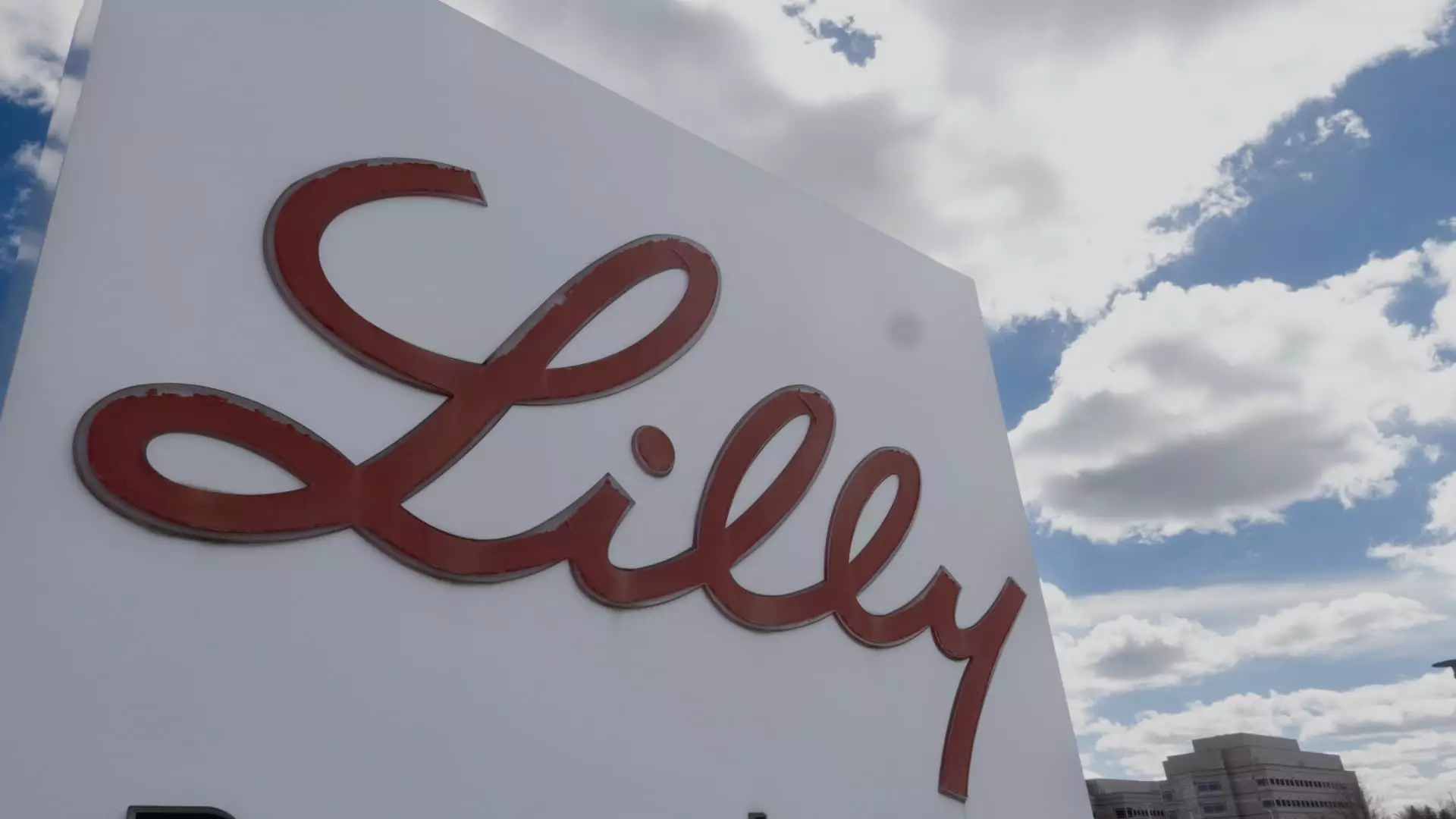Eli Lilly, the pharmaceutical giant known for its innovative treatments, has recently announced a monumental investment of at least $27 billion to develop four new manufacturing facilities in the United States. This strategic move is largely driven by the surging demand for its weight loss and diabetes injections, alongside the company’s ambitious plans to diversify its product offerings. As industries strive to enhance health and build positive relationships with governmental entities, Lilly’s decision underscores broader trends in reshoring and supply chain diversification—a narrative that resonates deeply within the current political climate.
Investing in Infrastructure Amidst a Changing Landscape
With this latest commitment, Eli Lilly elevates its overall investment in U.S. manufacturing to over $50 billion in recent years, revealing a proactive stance toward meeting both domestic and global healthcare demands. The additional $23 billion previously allocated since 2020 for new plant constructions and expansions has already proven instrumental in alleviating supply shortages of key medications. This significant investment not only reaffirms Lilly’s role in the pharmaceutical sector but also highlights the company’s dedication to ensuring a safer and more reliable supply of vital medicines.
Manufacturing sites play a critical role in the pharmaceutical industry, where the quality and reliability of active ingredients must meet stringent regulatory standards. Three of the new facilities are earmarked for producing active ingredients in medications like tirzepatide, the compound behind the successful obesity medication Zepbound and the diabetes treatment Mounjaro. The fourth facility is designed to bolster the company’s capabilities for future injectable therapies, indicating that Lilly is not merely resting on its laurels but is actively preparing for an expansive future.
Eli Lilly is paving the way for an extensive portfolio beyond its current successes in the obesity and diabetes sectors. In a statement, CEO David Ricks articulated a vision that transcends its flagship products, aiming to deliver breakthroughs for diverse medical conditions including cancer, Alzheimer’s disease, and neurological disorders. This forward-thinking approach signals a robust commitment to research and development, which could ultimately reshape the landscape of treatment options available to patients worldwide.
The optimism surrounding Lilly’s product pipeline is notable, especially as the global market for obesity treatments is anticipated to exceed $150 billion annually by the early 2030s. With competitors like Novo Nordisk already establishing a foothold in this lucrative market, the pressure is on for Eli Lilly to sustain and expand its share. Analysts suggest that maintaining a leadership position in this rapidly evolving sector will require not only innovative products but also a sound supply chain strategy that mitigates risks associated with product shortages and market fluctuations.
One of the underlying motives for Eli Lilly’s expanded production capabilities is to address the pressing issue of access to branded treatments amidst supply shortages. During peak demand periods, many patients resorted to unregulated compounded versions of medicines when they could not obtain the branded drugs either due to cost or unavailability. The Food and Drug Administration (FDA) has since declared the shortage of tirzepatide to be over, eliminating much of the market space for these unauthorized alternatives and ensuring that eligible patients receive safe, FDA-approved treatments.
By ramping up supply for its flagship drugs, Lilly aims not only to secure its market position but also to prioritize patient health. The introduction of four new manufacturing sites is projected to create over 3,000 permanent jobs in scientific and engineering fields, in addition to approximately 10,000 construction roles during the building phase. This commitment to job creation aligns with broader national efforts to bolster manufacturing and provide high-quality employment opportunities.
Eli Lilly’s decisions are also intricately tied to the political landscape within the U.S. The company credits the Tax Cuts and Jobs Act, enacted during Donald Trump’s presidency, as crucial to its investment strategy. Ricks has lauded the legislation for its role in creating a conducive environment for corporate investment. As critical provisions of this law face expiration at the end of the year, the discussion around extending these economic incentives remains vital for businesses that rely on favorable tax structures to drive growth.
Eli Lilly’s substantial investment in U.S. manufacturing amidst growing market demands for weight loss and diabetes treatments marks a significant milestone for the company. The decision reflects not only a commitment to economic growth and job creation but also an awareness of the evolving landscape of healthcare needs and regulatory environments. As it navigates these complexities, Lilly is strategically positioning itself for a future that could hold transformative potential for healthcare across multiple therapeutic areas.

